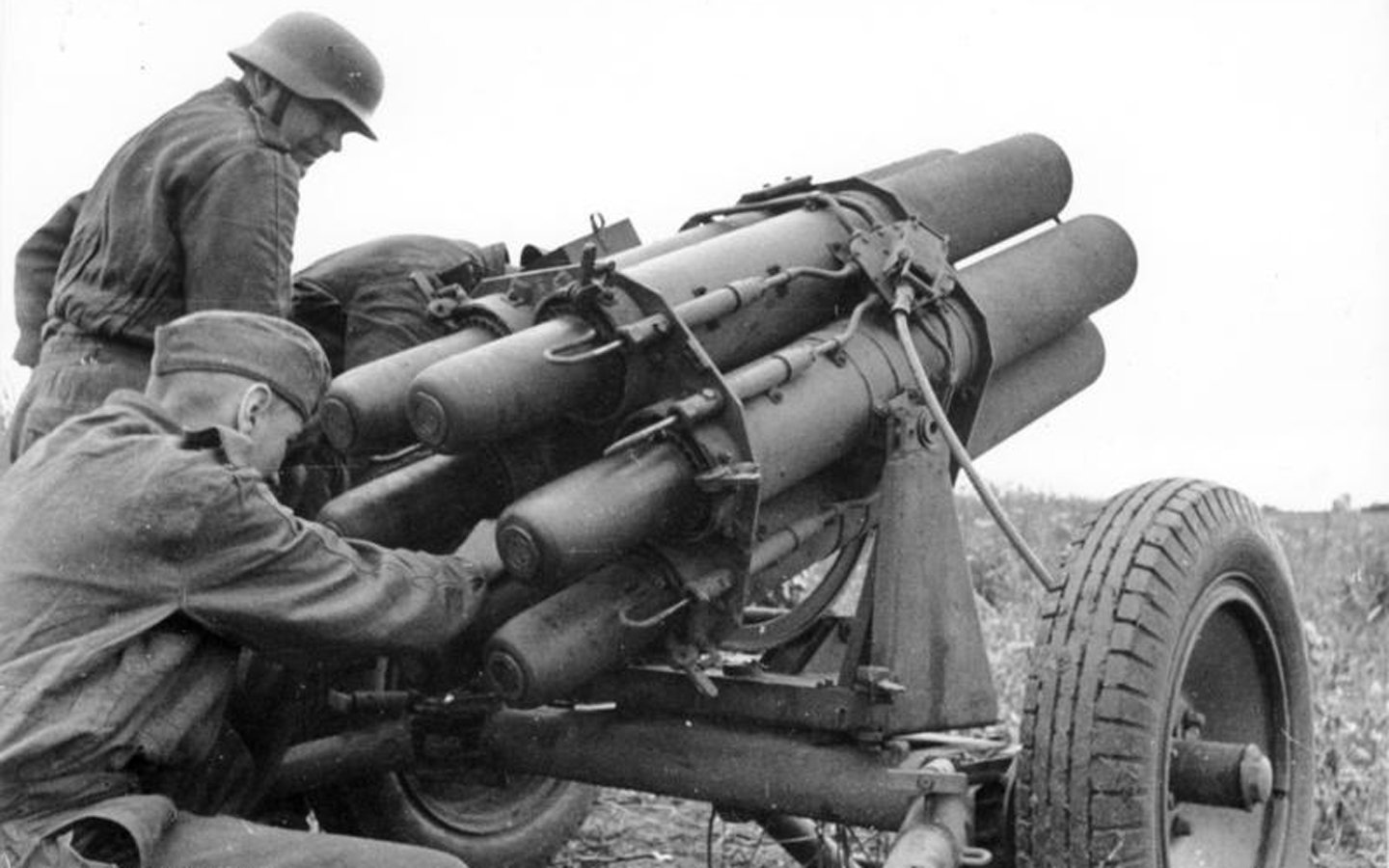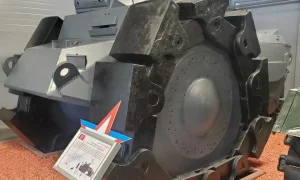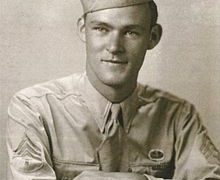Nebelwerfer – a German multiple launch rocket system
Second World War Rocket Launcher (from German – “fog thrower”). Together with the Soviet Katyushas, the Nebelwerfer was the first mass-produced multiple launch rocket system.
“Nebelwerfer” appeared in the early 1930s and was originally focused on the use of only chemical weapons: throwing smoke and chemical projectiles (as the Soviet Katyushas were originally planned to be used). However, it was actually used for firing high-explosive fragmentation shells.
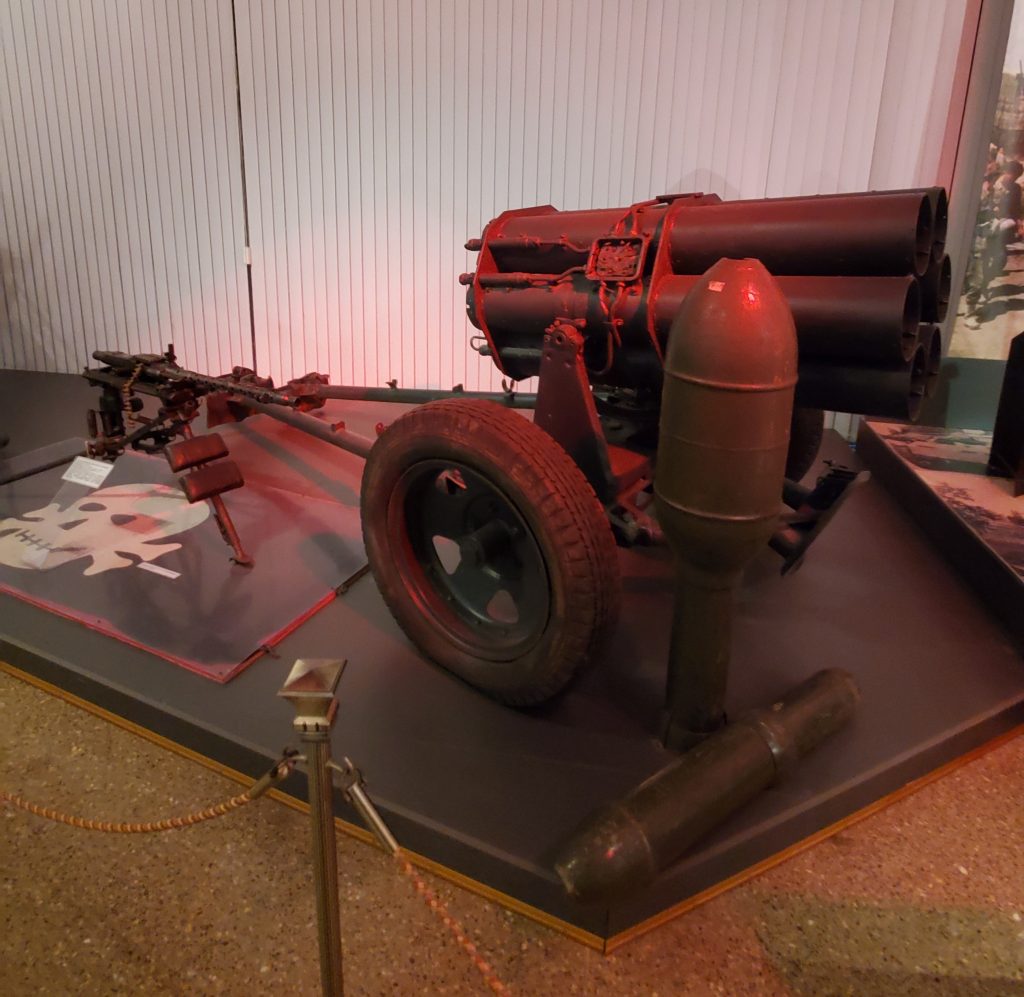
History and Background
The Nebelwerfer 41 rocket launcher was created using the Pak 35/36 anti-tank gun carriage, it had six 158.5-mm barrels and fired 36-39-kilogram projectiles at a distance of up to 6.9 km with a frequency of 0.6 shots per second; three volleys in 5 minutes. Due to the weight (540 kg unloaded during transport) and to load six 36-39-kilogram rockets in 1.5 minutes, the Nebelwerfer 41 required four people.
210 mm five-barrel variety
A later version, the Nebelwerfer 42, had five 210mm barrels. For it, much heavier 210-mm shells weighing 113 kg were used, the firing range of which was 7.85 km. In addition, the “Nebelwerfer 42” was equipped with removable guides for 150 mm caliber shells from the “Nebelwerfer 41”, which were mounted inside the barrels.
Also later, the 15-barrel Nebelwerfer (three horizontal rows of five 150-mm barrels) began to be produced and used.
All these types of mortar were mounted on a light two-wheeled carriage, to which coulters were attached to increase accuracy, and pneumatic tires for transportation speed.
The Design of Nebelwerfer Rockets
The rocket mortar ammunition is a cylinder of 158 mm caliber. The mass of the rocket is 35 kg, of which up to 2 kg is explosive (TNT). The entire cylinder is filled with a piece of slow-burning diglycol powder. There are 28 nozzles in the rear of the cylinder, the angle of deviation from the longitudinal axis of the rocket is 14 degrees. The nozzles stabilize the rocket in flight to rotate around its axis, which achieves stabilization in flight and high accuracy of hitting the rocket (scattering at a distance of 6000 m: in range – 80-100 m, in direction – 60-90 m). The nozzles are made integral with the body. The manufacture of a projectile with such high accuracy qualities is record-breakingly cheap and does not require special equipment.
At the end of the cylinder is attached as a warhead a small container filled with explosives. A channel of the main engine nozzle passes through it, providing the rocket with forward movement. There is also a shock-inertial fuse.
When loading rocket rockets from the breech, the shells are fixed with special holders, after which an electric fuse is inserted into one of the nozzles. After pointing the mortar at the target, the calculation goes into cover and, using the launcher, first launches the first 3 missiles, then the remaining 3. The system is launched remotely, from the battery of the towing vehicle. The volley lasted about 10 seconds. Reload time – up to 1.5 minutes (ready for the next salvo).
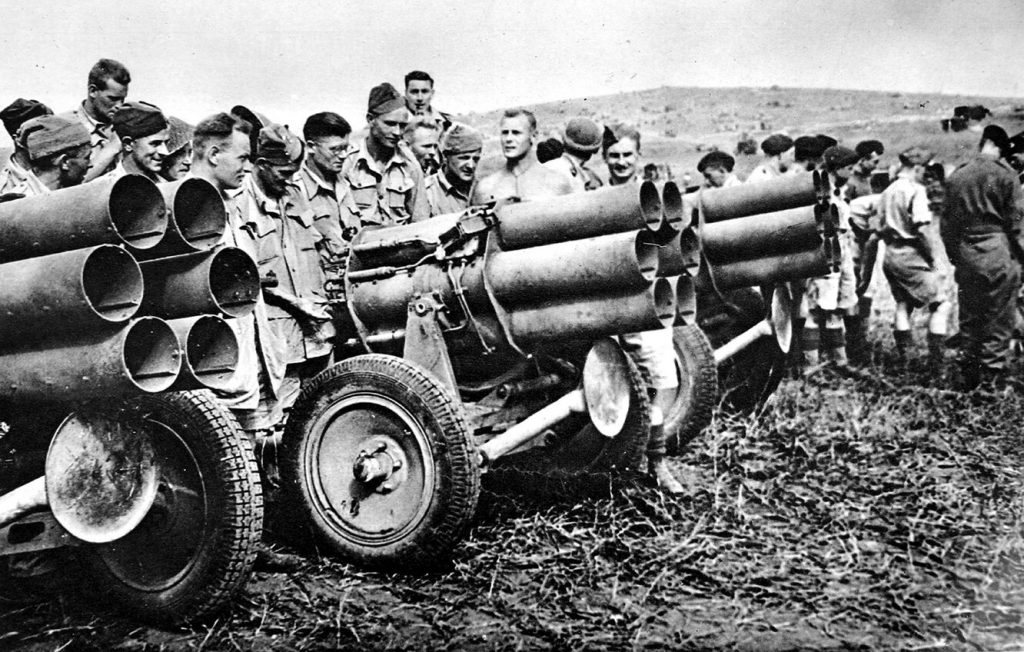
Variants of Rocket Projectiles
“Nebelwerfer” had 5 types of projectiles designed for a wide range of tasks.
There were the following types of rocket projectiles:
- High-explosive fragmentation – designed to destroy enemy manpower and light fortifications.
- Incendiary – designed to destroy objects with fire by scattering oil products on the ground and igniting them.
- Gas – used for setting smoke screens (initial use).
- Chemical – equipped with toxic substances.
- Campaign – designed for scattering leaflets.
The caliber remained constant – 158 mm, but each type of rocket had its own design and different weights (agitation rocket did not have a rear cylinder, unlike a high-explosive one, and also had 16 nozzles versus 28 for a high-explosive one).
Production and Application
In 1940-1945, 5789 15-cm six-barreled towed launchers Nb.W.41 were produced (including 282 in 1940, 652 in 1941, 969 in 1942, 1188 in 1943, 2336 in 1944 and 342 in 1945) and 5,047,900 158 mm 15 cm W.Gr.41 rockets for them (1880 in 1939, 156,750 in 1940, 417,250 in 1941, 1,208,600 in 1943, 1,096,100 in 1943, 1,985,200 in 1944 and 144,000 in 1945, without chemicals).
It was first used in 1941 against the Soviet Union and in North Africa. Participated in the battles for Normandy in 1944. On the eastern front, the installation was used in the most important areas and only in conjunction with cannon artillery. Due to its compactness, it was also used in landing operations. The mortar was also installed on the railway platform, which is part of the armored train.
The rockets used for the Nebelwerfer were also used by German air defense aircraft to strike tight Allied bomber formations. The tactics of using Wfr missiles. Gr. 21, it was planned to launch them in a volley from a long distance against the formation of heavy bombers to destroy them, being outside the zone of effective fire of rifle defensive installations. After the formation broke up, the bombers attacked and shot down one by one with cannon fire.
The disadvantages of the Nebelwerfer include low mobility, due to which it could become a prey for enemy aircraft dominating the air (for greater mobility, the mortar was mounted on a half-tracked chassis, called “Panzerwerfer”); small firing range; 270-meter smoke trail from shells.
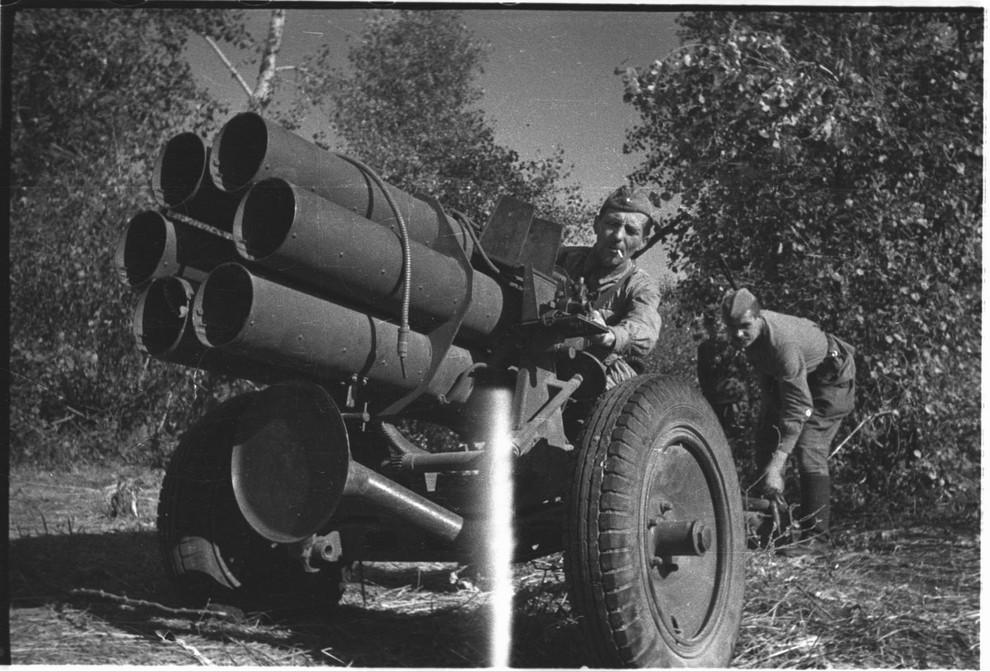
Names, nicknames
In the USSR, he was nicknamed “Vanyusha” and “Ishak” – for the characteristic sound emitted by shells.
Also at the front, these six-barreled rocket launchers were called “Squeaky”.
For example, Marshal Voronov:
When I looked through binoculars at the place where an unusual projectile fell, I realized that “squeakers” were firing at the area of our NP – this is how German high-explosive rockets were called here. The short range of these shells was well known, and therefore everyone calmly observed the battlefield. Soon it was possible to detect the firing position “squeakers” by smoke and dust.
– Voronov N. N. “Memoirs”
At this time, behind the copse, a volley of the German six-barreled “squeaker” mortar rang out, as the fighters aptly dubbed this weapon.
– Zamulin V. N. “Kursk break”
Suddenly, some kind of “siren” howled, and this incredibly terrible howl began to tear apart my whole heart. I, with my calculation, managed to hide in the gap, previously prepared by us. In a moment the ground trembled and five shells of tremendous force exploded one after the other, but one did not explode and lay in the middle of the street like a good pig. This “Vanyusha”, a German six-barreled mortar, gave one session. The Chekurdians opened fire and the Vanyusha stalled.
– Ermak S. A. “My way”
For the same sound, the mortar received the nickname “Moaning Mimi” from the English-speaking soldiers of the allied forces.


